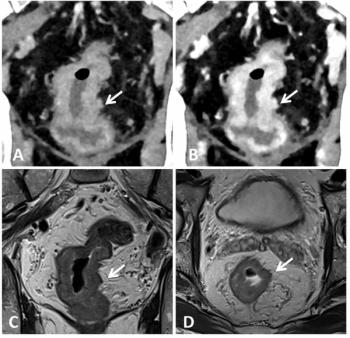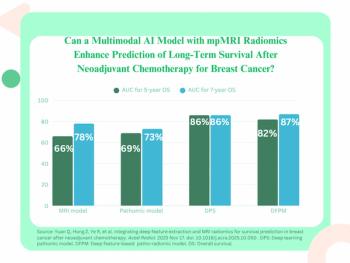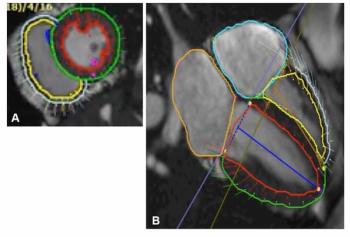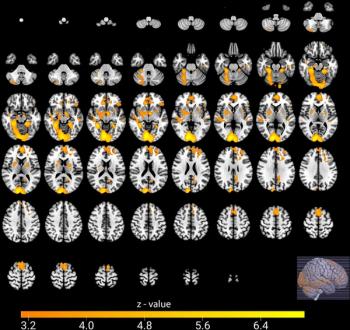
Detecting lies with fMRI
As the parent of two adolescent boys, I have come to know the signs of stress that accompany untruth: tiny inflections in voice; almost imperceptible widening of the eyes; increased respiration. I can say, without bragging, that I have become accomplished in telling whether homework has been done or test scores are being accurately reported.
As the parent of two adolescent boys, I have come to know the signs of stress that accompany untruth: tiny inflections in voice; almost imperceptible widening of the eyes; increased respiration. I can say, without bragging, that I have become accomplished in telling whether homework has been done or test scores are being accurately reported.
I am worried, however, that my skills will not meet the challenges ahead. Fortunately, help is on the way.
Among the possibilities: a skullcap with electrodes that measure brain waves whose patterns betray deceit; facial analyses of microexpressions that last a fraction of a second, revealing otherwise invisible emotions or reactions; thermal mapping of the area around the eye that gets warmer when someone lies. None of these, however, can compare with the promise of functional MRI.
Several scientific studies, albeit small ones, have found with fMRI that lying activates more and different parts of the brain than telling the truth. I see some very real possibilities here - and so do entrepreneurs at Cephos of Pepperell, MA, and No Lie MRI of La Jolla, CA.
Cephos promises to develop fMRI-based tools to "peer inside the inner workings of the brain during deception," with the goal of achieving 95% accuracy. No Lie MRI claims it is already there. According to its Web site, that company can "objectively and reproducibly" measure intent, prior knowledge, and deception with proprietary fMRI human brain mapping techniques.
The two firms hope to proffer their wares to trip up criminals and other big league bad guys. But I wonder if they wouldn't be better off setting their sights, at least initially, on people less skilled at deception, say, young teens.
The reason, I think, is clear: Relatively little has been done to validate fMRI as a general-purpose lie detector.
Research indicating the potential of fMRI in lie detection so far has involved mostly simple things such as lying about the playing card in a subject's hand. How this modality will fare when addressing complex untruths or skilled deceivers, as well as the effects of different ages or mental states, remains to be seen.
Starting with easier subjects (oh, heck, let's just go ahead and say it - my kids) would at least reduce the risk of getting it wrong. If I catch them lying, the worst they'll face is no television for a day or two. No Lie MRI, however, has more expansive goals.
The company wants to put its technology in the hands of the Army, Navy, Air Force, and Defense Intelligence Agency; immigration and airport security; pretty much all of the Justice Department; the Department of Energy (to keep a lid on nuclear secrets and such); and, of course, the CIA and NSA. Way down the list - after international and state governments, law, accounting and investment firms, and corporations - comes "the general public," which I guess is where my family would fit in.
To say this has left me disappointed is an understatement, although I suppose there is a silver lining. If the government's domestic surveillance program is an indicator, my boys will be examined soon enough.
Newsletter
Stay at the forefront of radiology with the Diagnostic Imaging newsletter, delivering the latest news, clinical insights, and imaging advancements for today’s radiologists.



























